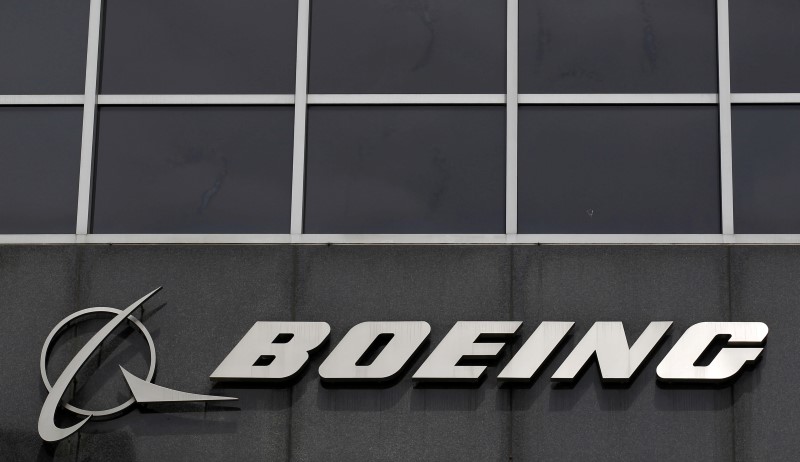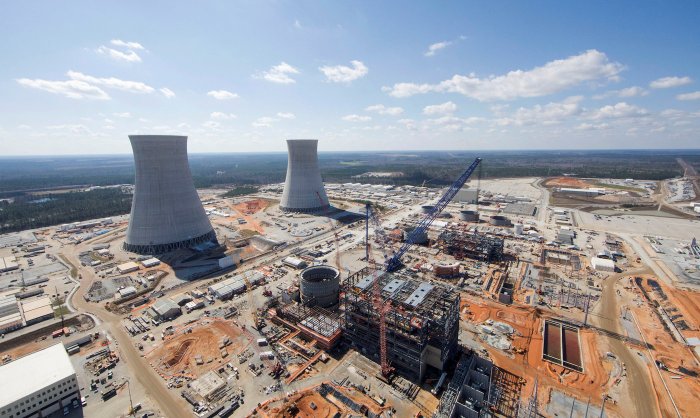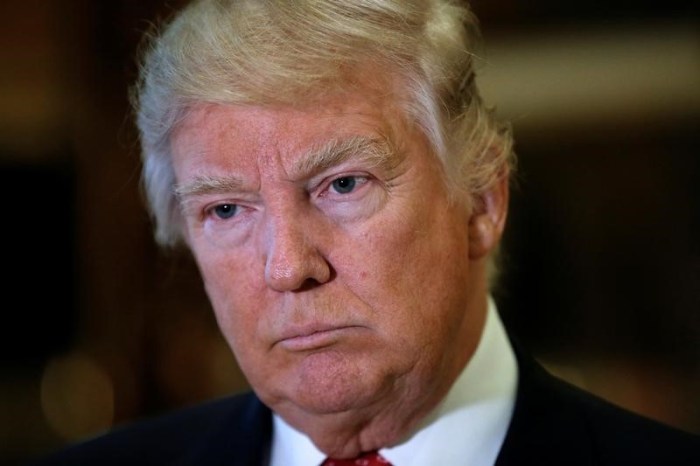By Andrea Shalal
FARNBOROUGH, England (Reuters) – Technology transfers and commitments to build and buy equipment locally have become key determinants in which companies win global arms sales orders, U.S. industry executives say. For years, U.S. and European weapons makers funded a wide range of so-called “offset agreements”, or projects to sweeten weapons deals that ranged from construction of hospitals and hotels to giant orders of frozen chicken, as well as simple one-off production orders for local firms. But purchasing countries are now demanding more complex technology transfers and a share of work on ongoing weapons programs in order to cement deals, industry executives told Reuters at the Farnborough Airshow this week. Lockheed Martin Corp, Boeing Co, Raytheon Co and other U.S. companies have boosted their foreign orders sharply in recent years as demand for U.S. weapons has increased. The U.S. government is on track to approve nearly $40 billion in foreign military sales in the 2016 fiscal year that ends Oct. 1, a drop from $46.6 billion last year but still well above levels seen just five years ago. “If you want to be successful in any country, you have to have content in that country,” said Steve O’Bryan, head of business development for Lockheed Martin Corp’s Mission Systems and Training, which includes Sikorsky helicopters. “And the ones who move faster … do better.” O’Bryan, a former top executive with the Lockheed F-35 fighter jet program, said that project helped create the new paradigm since it was structured from the start to allow local companies in countries that funded the jet’s development and bought airplanes to compete for work on the whole aircraft. Ensuring work for domestic suppliers is a key factor in a big missile defense competition in Poland, and will likely play a huge role in a long-delayed fighter competition in Canada.
Lockheed’s Sikorsky helicopter unit has also responded to the changing market, and is now building H-60 Black Hawk helicopters in Poland, Turkey and Japan. It also signed an agreement that could lead to a similar set up in Saudi Arabia. Boeing Co, the world’s largest planemaker and the No. 2. U.S. weapons maker, says it leveraged its 70-year commercial history in India to win large military orders when that market opened up a decade ago. “We were able to draw on the knowledge and relationships from our commercial business to build a local manufacturing and supply base,” said spokeswoman Caroline Hutcheson. “We hit the ground running and grew quickly because of the depth of our experience.” Boeing broke ground last month on a joint venture with India’s Tata that will build AH-64 Apache helicopter fuselages in India as part of the government’s “Make in India” campaign. David Melcher, who heads the U.S. Aerospace Industries Association trade group, said his group is urging the U.S. government to streamline and accelerate often slow approvals of arms sales and technology transfers to adjust to the shifting realities of the global arms sales market. AIA wants Washington to make it easier to export technologies that are already available elsewhere, including satellites and night vision military equipment, warning that U.S. firms could otherwise losing business to overseas rivals. “I’m making an argument for increasing the level of capability that we’re allowed to sell to our allies, and when we’re allowed to sell it, to do it expeditiously and streamline the processes,” he said. U.S. officials are trying to improve the process and deal with record-high levels of arms sales requests, but say they must work through requests on a case-by-case basis to safeguard U.S. security and technology. (Editing by Alexandra Hudson)
Tech transfer, domestic production play growing role in arms deals

By Andrea Shalal

















